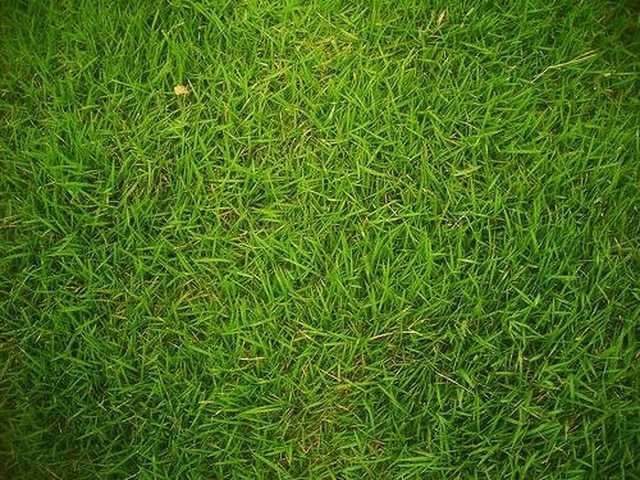Bulbs
Flower Basics
Flower Beds & Specialty Gardens
Flower Garden
Garden Furniture
Garden Gnomes
Garden Seeds
Garden Sheds
Garden Statues
Garden Tools & Supplies
Gardening Basics
Green & Organic
Groundcovers & Vines
Growing Annuals
Growing Basil
Growing Beans
Growing Berries
Growing Blueberries
Growing Cactus
Growing Corn
Growing Cotton
Growing Edibles
Growing Flowers
Growing Garlic
Growing Grapes
Growing Grass
Growing Herbs
Growing Jasmine
Growing Mint
Growing Mushrooms
Orchids
Growing Peanuts
Growing Perennials
Growing Plants
Growing Rosemary
Growing Roses
Growing Strawberries
Growing Sunflowers
Growing Thyme
Growing Tomatoes
Growing Tulips
Growing Vegetables
Herb Basics
Herb Garden
Indoor Growing
Landscaping Basics
Landscaping Patios
Landscaping Plants
Landscaping Shrubs
Landscaping Trees
Landscaping Walks & Pathways
Lawn Basics
Lawn Maintenance
Lawn Mowers
Lawn Ornaments
Lawn Planting
Lawn Tools
Outdoor Growing
Overall Landscape Planning
Pests, Weeds & Problems
Plant Basics
Rock Garden
Rose Garden
Shrubs
Soil
Specialty Gardens
Trees
Vegetable Garden
Yard Maintenance
How to Get a Weed Free Lawn
How to Get a Weed Free Lawn. Many homeowners dream of having a yard that's lush, green and free of weeds. Unfortunately, this won't happen unless your lawn is maintained properly and continually.The better maintained your lawn is, the less problem you will have with weeds taking it over. Weeds search for an opportunity to insert themselves into the...

Many homeowners dream of having a yard that's lush, green and free of weeds. Unfortunately, this won't happen unless your lawn is maintained properly and continually.The better maintained your lawn is, the less problem you will have with weeds taking it over. Weeds search for an opportunity to insert themselves into the landscape, and an untended lawn is a great place for them to get their start. By following a few basic steps in lawn maintenance, your lawn should be weed free in no time.
Things You'll Need
Mower
Lawn fertilizer
Weed-and-feed
Pre-emergence herbicide
Post-emergence herbicide
Mow your grass a little higher than your normally do. If you cut your grass too low, it opens up the chance for weeds to set up house in it. Sunlight will reach the soil due to the grass being short and this gives the weeds the chance they need to grow. Also, by mowing your grass too short, you'll leave the grass unable to produce the nutrients it needs to remain healthy.
Water your lawn deeply once or twice a week, depending on where you live and how hot it is. Grass only needs about 1 inch of water applied to it a week to survive. If you water your lawn with too little water, shallow roots will develop and weeds that prefer drier soils will take root. Measure how much you're watering by placing an empty tuna can on your grass; when it has filled, you've applied 1 inch of water.
Fertilize your lawn with a fertilizer that is high in nitrogen that is controlled-released. This will assure your lawn is getting a slow, steady supply of nutrients. Follow the directions on the package and apply the amount recommended. If you apply too much fertilizer, it can nurture the weeds' growth. If you apply too little, your grass can become sparse and the weeds can take over. Lawns grown in the north will require one to two applications of fertilizer a year, applied in the fall and spring. Southern lawns will require fertilizer in the spring, summer and fall.
Pull out any weeds that are present in your lawn by hand or use a pre-emergence or post-emergence herbicide to control them. If pulling your weeds out by hand, be sure to remove the root of the weed or it can continue to grow. Pre-emergence herbicides are made to stop the weed's growth before it develops. The herbicide is applied to the whole lawn to hinder the sprouting of any unwanted weeds. Post-emergence herbicides are made to kill weeds that have already developed in the lawn. Apply post-emergence herbicides only to the area that is affected by weeds, not to your entire lawn. Be sure to read the instructions on both types of herbicides to see what specific weeds they target and any grass they may harm.
Apply a weed-and-feed product to your lawn to take care of the weeds and fertilize it at the same time. Using these products can be a bit trickier as you'll want the application of this product to coincide with the correct fertilization schedule. Use caution when applying a weed-and-feed product because you can overdose your grass on herbicide and kill stuff you didn't intend to. If using a weed-and-feed product on your lawn, don't follow up the fertilization schedule by using it again. Instead, use a regular lawn fertilizer without any herbicide in it.